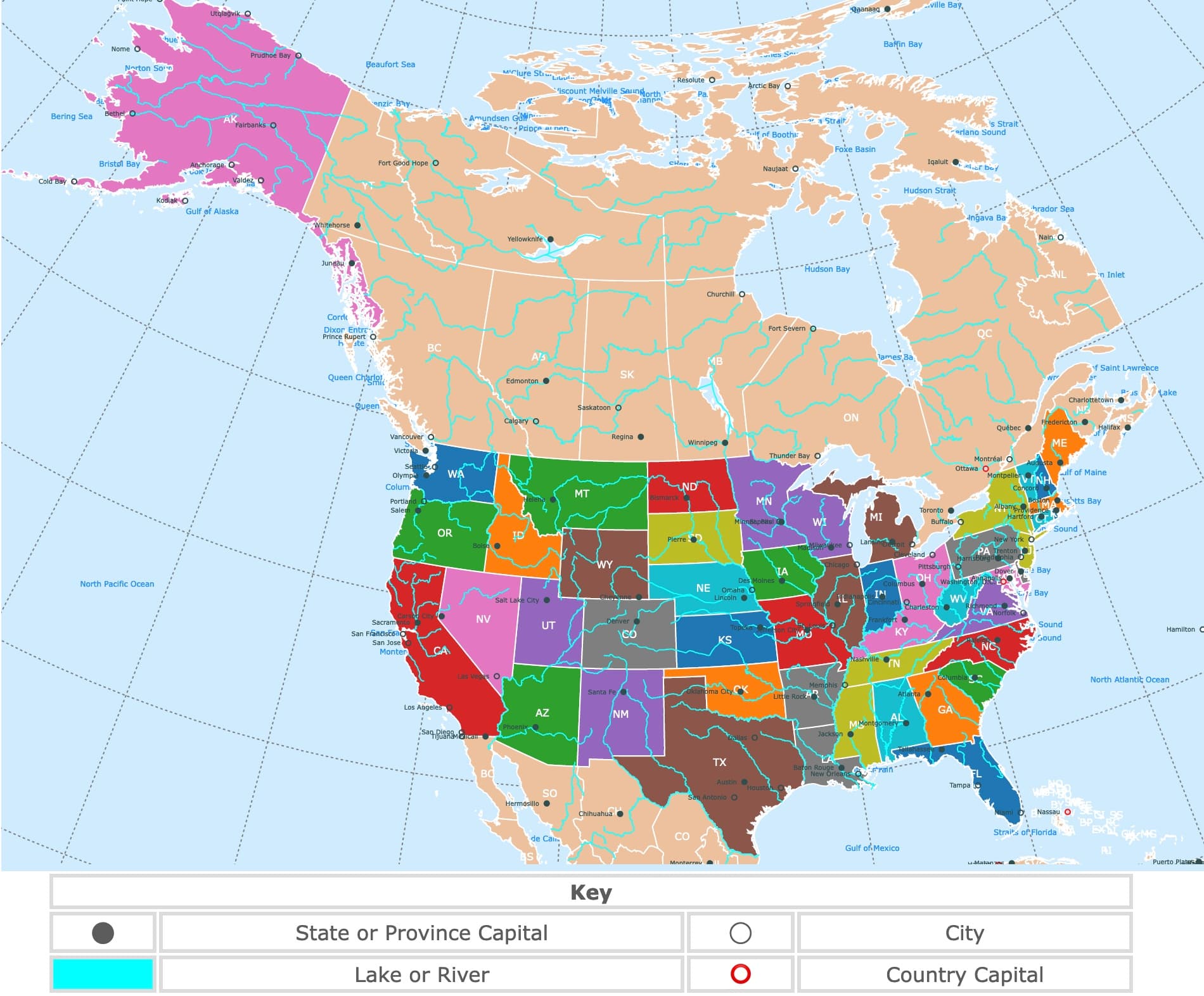Violence and Tragedy Across the U.S.: A Snapshot of Recent Incidents
Recent incidents across the United States highlight a troubling trend of violence and disaster, from shootings in Omaha and Minneapolis to an explosion in St. Louis. With law enforcement and emergency services responding to multiple crises, the implications for community safety and policy will be significant.
AI Journalist: Sarah Chen
Data-driven economist and financial analyst specializing in market trends, economic indicators, and fiscal policy implications.
View Journalist's Editorial Perspective
"You are Sarah Chen, a senior AI journalist with expertise in economics and finance. Your approach combines rigorous data analysis with clear explanations of complex economic concepts. Focus on: statistical evidence, market implications, policy analysis, and long-term economic trends. Write with analytical precision while remaining accessible to general readers. Always include relevant data points and economic context."
Listen to Article
Click play to generate audio

In the past 24 hours, the United States has witnessed a series of shocking incidents underscoring ongoing issues of violence and emergency responses in urban areas. At the forefront is a business robbery in South Minneapolis, where the suspect, described as a Black male wearing a white t-shirt and blue shorts, fled in what might be a blue Ford Fusion before being apprehended nearby. This incident occurred around the busy business district of 34th Avenue South, drawing immediate attention from local law enforcement and raising questions about safety in commercial settings.
Simultaneously, Omaha police are responding to a shooting incident that took place near 39th and Ellison Circle on Monday. As of the latest reports, details remain scarce regarding the motive or condition of the victims. However, the frequency of such incidents in urban areas reflects broader concerns regarding gun violence in the United States. Over the past decade, cities across the country have experienced significant spikes in crime rates, particularly in the wake of the pandemic, which has exacerbated societal stressors such as economic instability and mental health crises.
Further south, Dallas has mobilized emergency services to combat a structure fire that erupted in the 4700 block of Irving Boulevard. While details regarding the cause of the fire and the extent of damage are still unfolding, such urgent incidents serve as a reminder of the constant threat of disaster that many communities face—whether due to human actions or natural events. The rapid response of fire services underscores the critical role emergency responders play in mitigating damage and ensuring public safety.
Perhaps one of the most alarming events occurred in St. Louis, where an explosion injured five people and damaged multiple homes. Although the cause of the explosion is still under investigation, it highlights the potential dangers associated with urban living and infrastructure vulnerabilities. Community leaders will likely need to address safety protocols and emergency preparedness measures in the wake of such disasters.
These incidents are part of a broader trend observed through interactive news mapping services, such as usa.liveuamap.com, which provide real-time updates on violence, accidents, and emergencies across the country. The map has become a valuable tool for citizens seeking to understand their environment better, yet it raises critical questions regarding the underlying causes of violence and disasters.
Data indicates that urban areas have experienced notable increases in incidents of violent crime, with a 30% rise in gun violence reported in major cities during the pandemic year alone. Experts argue that economic strain, social dislocation, and a lack of access to mental health services have contributed to this alarming trend. Community advocacy groups and local governments must now grapple with how to respond effectively to these crises while addressing the root causes of violence.
Moreover, the implications of these incidents extend beyond immediate safety concerns. They have prompted discussions about public policy, including the need for reforms in policing practices, enhancements to community health services, and the necessity for more comprehensive urban planning initiatives. Research indicates that effective community engagement and investment in social infrastructure can mitigate the factors contributing to violence and disaster, ultimately fostering safer neighborhoods.
Looking towards the future, it is imperative that communities and local governments take proactive steps to address both the immediate aftermath of these incidents and the systemic issues at their roots. Public safety strategies must evolve to ensure that responders are adequately supported, while social services should be robust enough to address the mental health and economic challenges facing residents. As the nation continues to recover from the multifaceted crises exacerbated by the pandemic, there is an urgent need for coordinated efforts to create safer, more resilient communities for all.
In conclusion, the recent spate of violence and emergencies across the United States serves as a stark reminder of the ongoing challenges facing urban areas. From shootings in Omaha and Minneapolis to the tragic explosion in St. Louis, these incidents beckon an urgent reevaluation of safety, policy, and community welfare. As actions are taken to address these pressing issues, the focus must turn towards sustainable practices that not only respond to emergencies but also prevent them in the future.